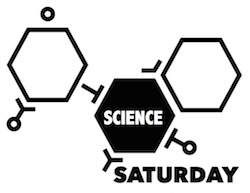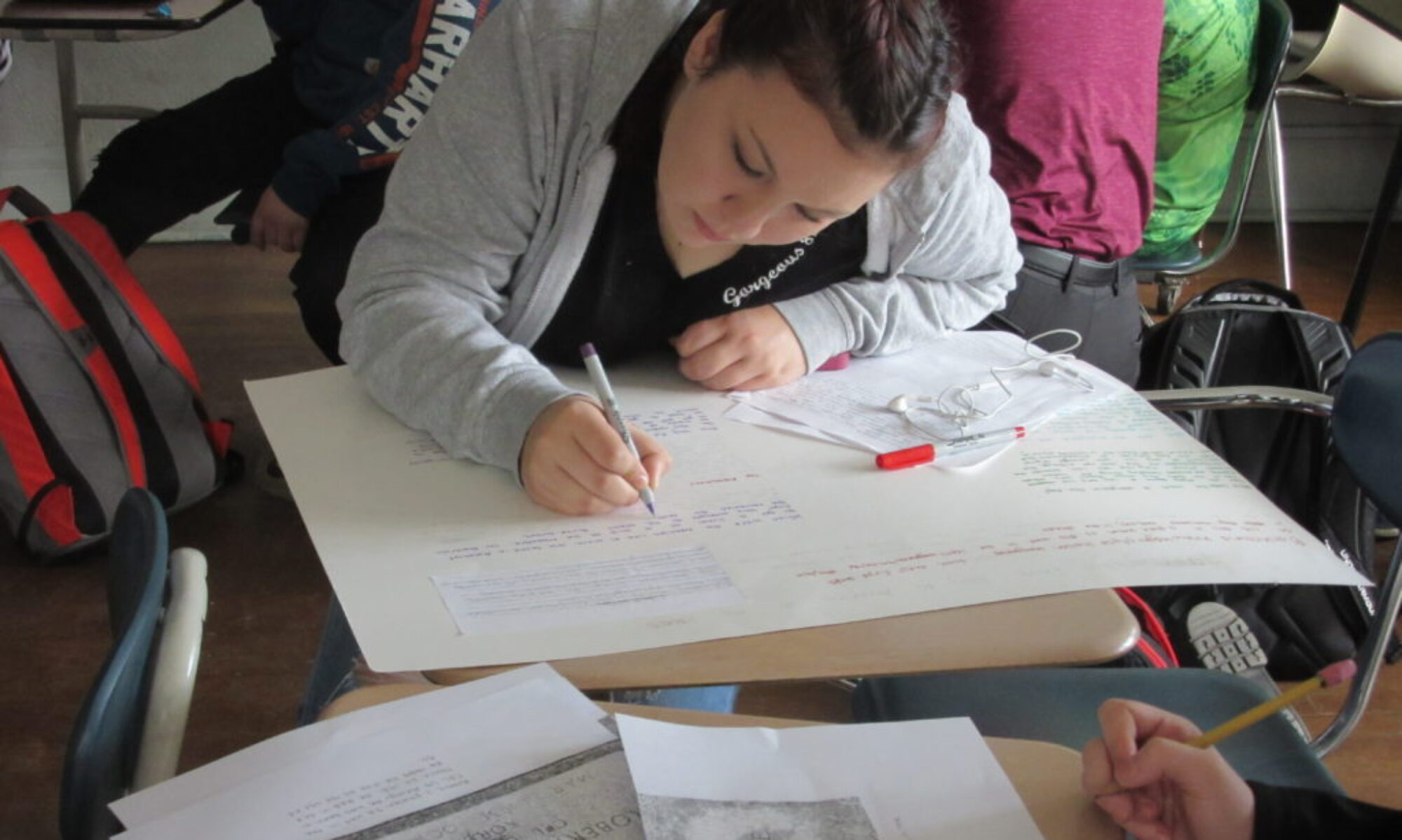 Here at the Tarrant Institute, we have spent years focusing on the unique characteristics of young adolescent learners. Many of our values and practices are aligned with or adopted from the essential attributes and characteristics of effective middle grades education as outlined by the Association for Middle Level Education. Here in Vermont, we see many of these values being in line with the creation and implementation of Personalized Learning Plans (be on the lookout for some posts breaking down this alignment in the coming months). Now, in the science classroom we’re also working with the NGSS, and of course we’re aware of CCSS. And we hope that our work with technology is supporting student progress along the ISTE standards. With so many different considerations, it may be difficult to imagine how all these pieces might come together. Today, we’re going to think about how bringing these pieces together, using the example of a lesson around Newton’s Laws of Motion.
Here at the Tarrant Institute, we have spent years focusing on the unique characteristics of young adolescent learners. Many of our values and practices are aligned with or adopted from the essential attributes and characteristics of effective middle grades education as outlined by the Association for Middle Level Education. Here in Vermont, we see many of these values being in line with the creation and implementation of Personalized Learning Plans (be on the lookout for some posts breaking down this alignment in the coming months). Now, in the science classroom we’re also working with the NGSS, and of course we’re aware of CCSS. And we hope that our work with technology is supporting student progress along the ISTE standards. With so many different considerations, it may be difficult to imagine how all these pieces might come together. Today, we’re going to think about how bringing these pieces together, using the example of a lesson around Newton’s Laws of Motion.
Newton’s three laws of motion are a common topic for middle grades classrooms to cover. However, reading about the laws or seeing them demonstrated by a teacher very well may not reach all learners. Teachers Lindsey Halman and Phil Young at the Edge Academy at Essex Middle School had students first read information about the laws, and took time in class to talk through them. They also viewed a video clip from science360.gov that demonstrated the laws in the real world. However, students then worked in groups to deepen their understanding by writing, storyboarding, shooting, and producing a video demonstrating the laws. Students filmed themselves playing volleyball, having a pillow fight, and shooting bottles with a homemade bow and arrow. Finally, after sharing their videos with each other, they reflected on the different ways of learning by writing a short comparative piece. The materials related to the lesson can be found here.
If you do click through, you can see that the teacher was deliberate in identifying how this lesson supported student learning on a number of different Next Generation Science Standards and Common Core State Standards. These were not only identified in the lesson plan, but also on the documents that were shared with students. Students also had access to the evaluation rubric as they conducted their work. Providing this information to students allows them not only to self-evaluate on this project, but also to connect this project to standards. This supports students to self-identify experiences and artifacts that demonstrate their learning on particular standards.
number of different Next Generation Science Standards and Common Core State Standards. These were not only identified in the lesson plan, but also on the documents that were shared with students. Students also had access to the evaluation rubric as they conducted their work. Providing this information to students allows them not only to self-evaluate on this project, but also to connect this project to standards. This supports students to self-identify experiences and artifacts that demonstrate their learning on particular standards.
The incorporation of the video element to this project also supports student work around the ISTE standards for students. Students collaboratively planned using Google docs, and created and edited their videos using iPads and iMovie. This supports both their “communication and collaboration”, but also their “creativity and innovation.” Additionally, it supported their growing knowledge of “technology operations and concepts.”
This lesson also meets the needs of middle grades learners. Students were empowered to make their own decisions around how they were going to demonstrate the laws. They pulled from their own real life skills and experiences to choose the best way to develop and demonstrate their knowledge. The content was challenging, and students constructed their own demonstration of knowledge. Finally, students were asked to be reflective not only on their knowledge, but also on how they personally learn.
Now, that all sounds great, but is it the only way that these concepts could be explored in a way that aligns with standards and middle grades best practices? Of course not. It worked well with this teacher, these students, and in this setting. You best know your students and your context. My point in bringing up this lesson and pointing out the standards is this: when we’re constructing lessons, we want to be aware of how to hit packages of standards and practices. In order to do this, we need a couple of different things. First, we need a solid knowledge of the different sets of standards we are trying to support. This takes time, effort, and support. As Vermont continues with the implementation of both NGSS and CCSS, more supports and professional development opportunities are becoming available. However, workshops and webinars cannot be the only time we think about standards; it should be built into our lesson planning process. Second, we need to keep the nature and characteristics of middle grades learners at the forefront of our thinking around design, decision-making, and assessment. If the standards help us decide the what, the characteristics and needs of middle grades learners should mediate the how.
Designing middle grades learning opportunities is challenging, and teachers are being asked to be responsive to many different inputs. Luckily, perhaps more than ever before, many of these inputs are in alignment. This allows teachers to weave the different standards and practices together in different ways. As professionals in the field of education, teachers are the only ones who can authentically bring all of these pieces together to best serve their students.


Newton’s Laws, standards, and practices http://t.co/dXY9Q9cw2c
Newton’s Laws, standards, and practices http://t.co/J5FBNElERb
Newton’s Laws, standards, and practices – Innovation: Education http://t.co/kA7NczU85w